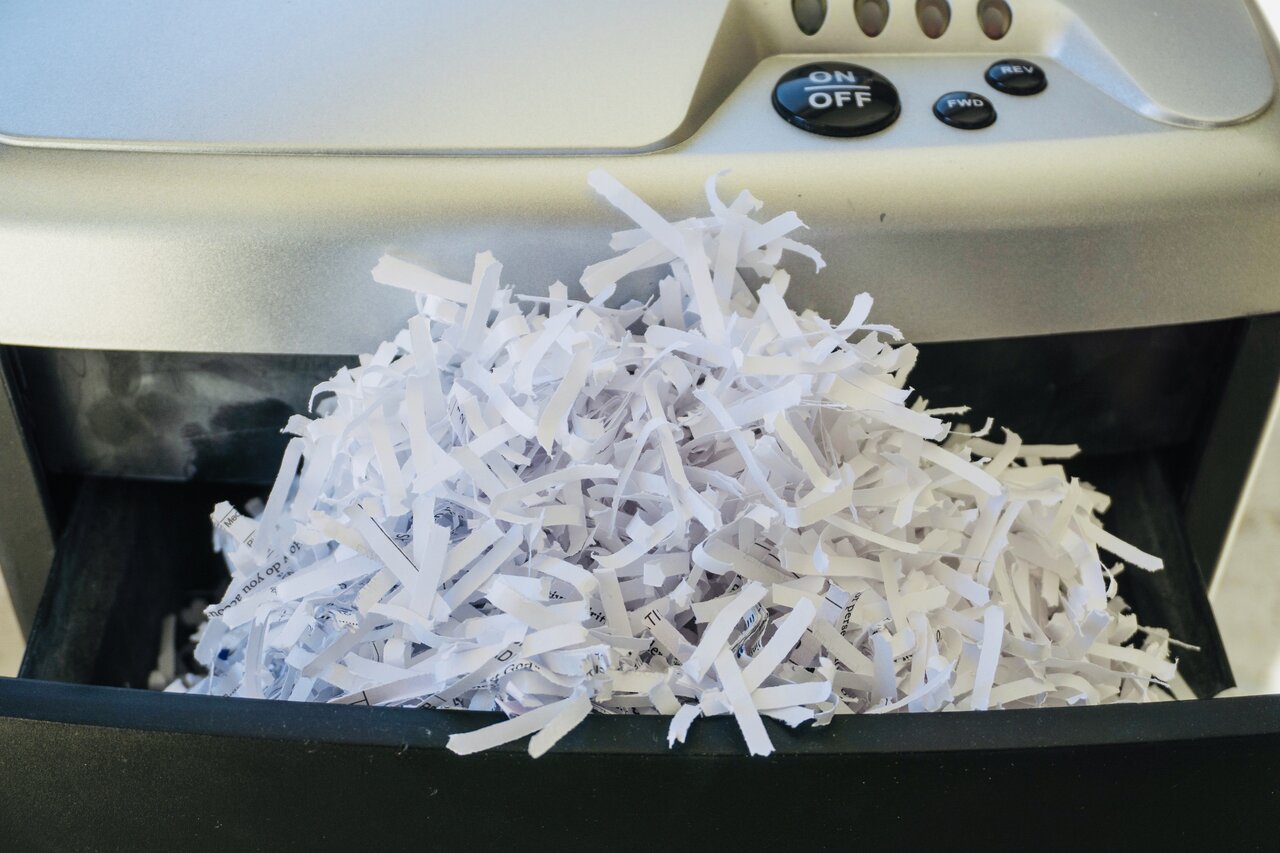Whether you’re a small company or a multi-national one, file organization and management are of the utmost importance. Without a good organization system, you can be left sorting through millions of boxes and files to find the right document. Even if your company is 100% digitized, you have to sort through various folders or drives to find data without a good organizational system. To reduce the “sorting” strain, document management systems were introduced.
What is a Document Management System?
Document management systems (DMS), sometimes called Document Management, allows an employee to go through all the files, folders, and drives available to find the required document. The system can easily sort through all types of documents, including PDFs, MS Word, MS Excel, etc. It can also sort through electronic images of documents made through document scanning services in Fort Worth, Texas.
This software can easily help companies of all sizes and industries organize their content and improve the company’s overall efficiency. This is an especially advantageous asset for shared documents because an employee can have the latest version of the document without coordinating with other workers.
For companies with various departments, all of which need to work in sync and share data, a DMS can be a useful tool. Instead of sending emails back and forth of updated documents, the DMS can be used to keep track of the document and its changes.
To be most effective, this system needs to be implemented across the entire organization and not just a department or service. Otherwise, this system will be as inefficient as the hand-sorting of documents.
What Are The Key Features Of A DMS?
DMS is often regarded as the base for content management systems now available and includes a content management system’s basic features. Some of the key features provided for document management in Dallas include:
-
Document check-in/check-out and locking:
This feature allows collaborators to keep track of who has edited the document, when, and how much. The check-in and check-out feature can help any manager keep track of how much time an employee has dedicated to the task and how much work is done simultaneously.
Document locking is an advantageous feature if you want to avoid other collaborators overwriting your work.
-
Version history:
Unlike MS Word documents that cannot be restored once you hit ‘save and close’, a DMS will allow you to scroll through previous document versions. You can restore previously written versions. However, once the previous version is restored, all changes post-date will be deleted irreversibly. This feature can easily restore accidental changes or overwrites.
-
Security:
Most DMS have advanced security features that will allow you to control who can access which document completely. You can easily introduce new collaborators and rescind access whenever required. Several DMS also include a page-level security feature.
This feature allows you to control how many pages within a document a collaborator can see and edit. It is also possible to provide time-based access to a document, wherein the collaborator will have access to the document for a limited number of hours. Contact us to know about document scanning service prices.
-
Indexation/Labelling:
A DMS also allows you to index a document according to your choice. Employers usually document these according to Employee codes/Ids to track how many documents or tasks each employee is assigned. However, the indexation process requires precision and symmetry. This means, if you’re inputting employee codes as “000122”, all indexations should follow the same value and not “123”.
-
Advanced search:
DMS are extremely efficient in searching and locating a document. However, this usually requires the user to input the correct search query. If all documents’ indexation is done symmetrically, the DMS will sort through the list and give you the most relevant results. However, the advanced search function can fail if there is no symmetry.
-
Annotations:
The DMS can also include an annotation section wherein the feedback can be given in the document itself. This can either be done by adding in-line comments or highlighting lines or sections. Different DMS provide different annotation features, and all of them are specifically provided to make communication easier.
A DMS can include various other features, but the question remains, how many of them do you need?
How Do You Decide Which Feature You Need?
Instead of randomly selecting features that you might need, create a list of key features that you will require. Start-ups with 2-4 people don’t require extensive security features because everyone will collaborate on the same project. However, these require extremely sensitive check-in/check-out features to keep track of the project. We also offer filing solutions in Fort Worth area.
On the other hand, large multinational companies should emphasize security features to keep projects classified. They will also require extensive indexation and search features. If you’re building a DMS for your company, you can use the following list to help you:
- Which features are necessary for your organization?
- Which features are unnecessary now but will add value in the near/far future?
- Which features do you not see yourself or your employees using?
There are various DMS available, and each has its unique features which may or may not be useful for your organization. Each DMS focuses on one aspect of document management. There are five main aspects, this include:
- Content management: This type is specifically used to create, modify and organize all company content.
- Workflow management: This type is useful if your organization focuses on repetitive tasks assigned to different employees every time.
- Record management: This system focuses entirely on keeping a record of activities. This is especially useful for healthcare industries.
- Document imaging: This type can scan, collect, organize and manage all documents that are scanned.
- Enterprise content management: These focus on content management in the context of other activities like workflows, processes, etc.
Instead of settling for either of the above-given types of management systems, you can easily compile all of the above given in one by choosing the right partner.
We Scan Files is a provider of document scanning services in Dallas that provides all-in-one document management services. They can easily scan documents of all sizes and shapes – whether it is magazines, newspapers, or negatives. Their wide range of products can easily streamline the process of scanning and converting any document into a digital copy.






